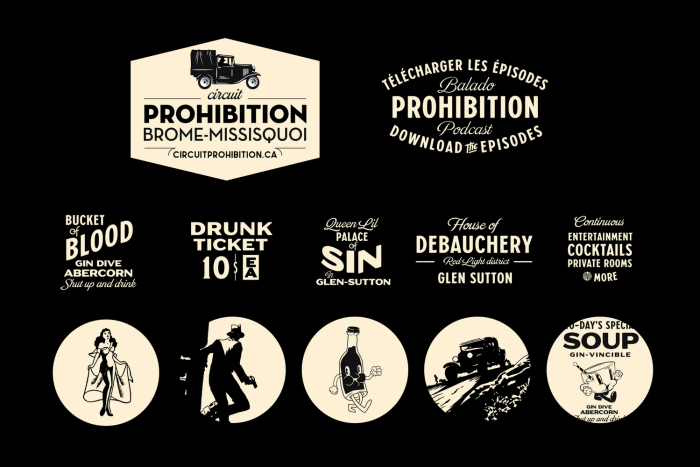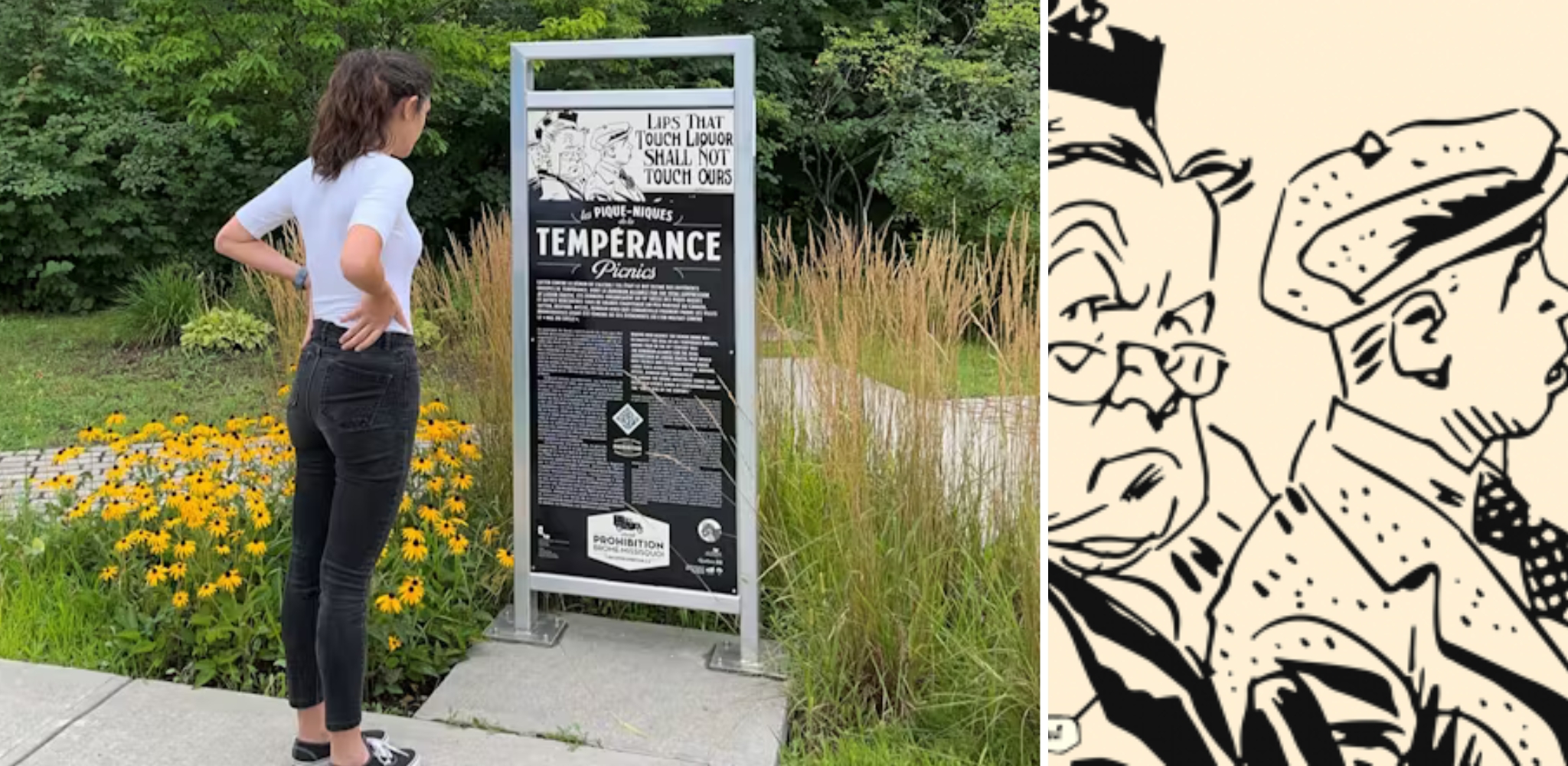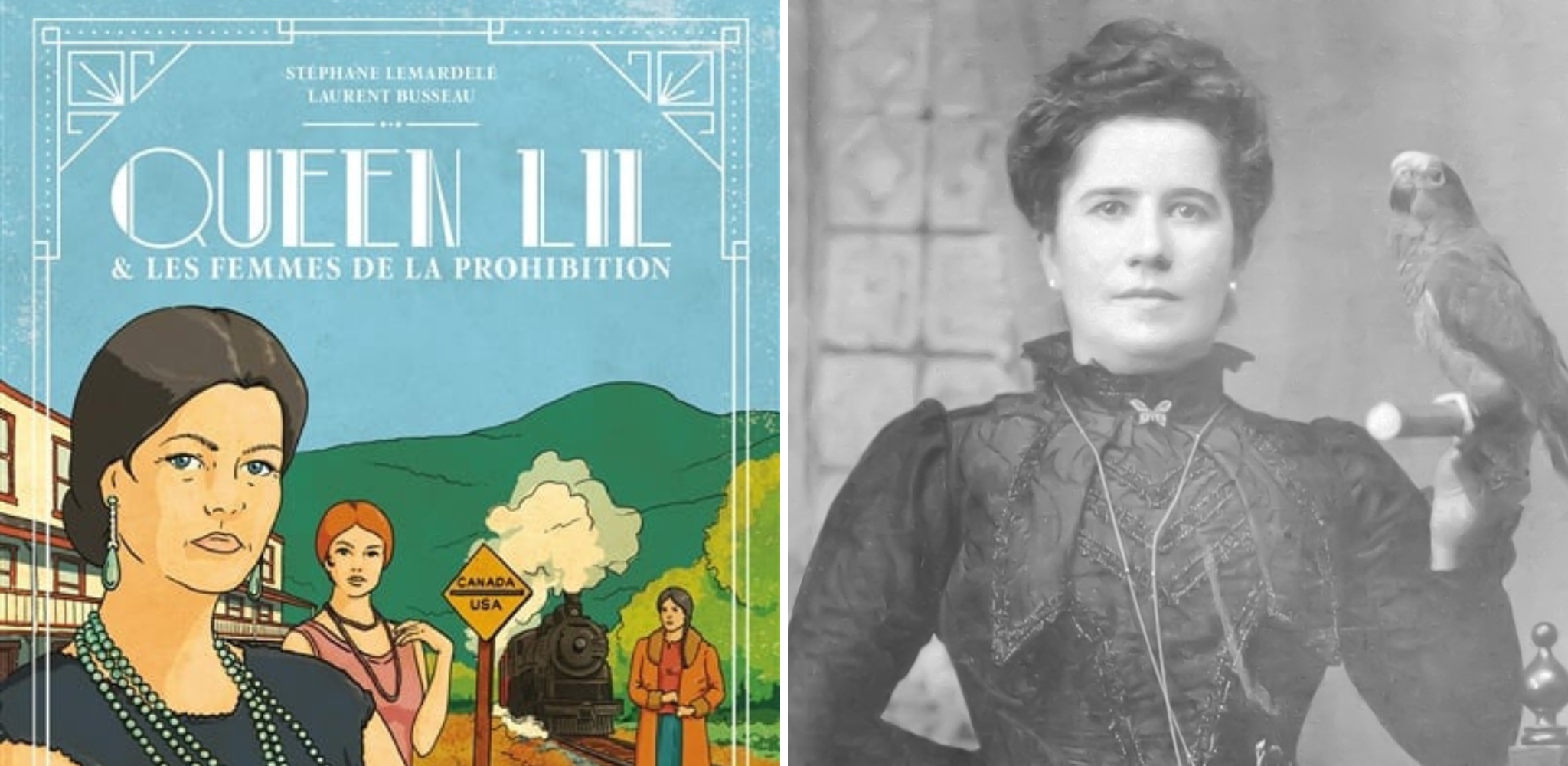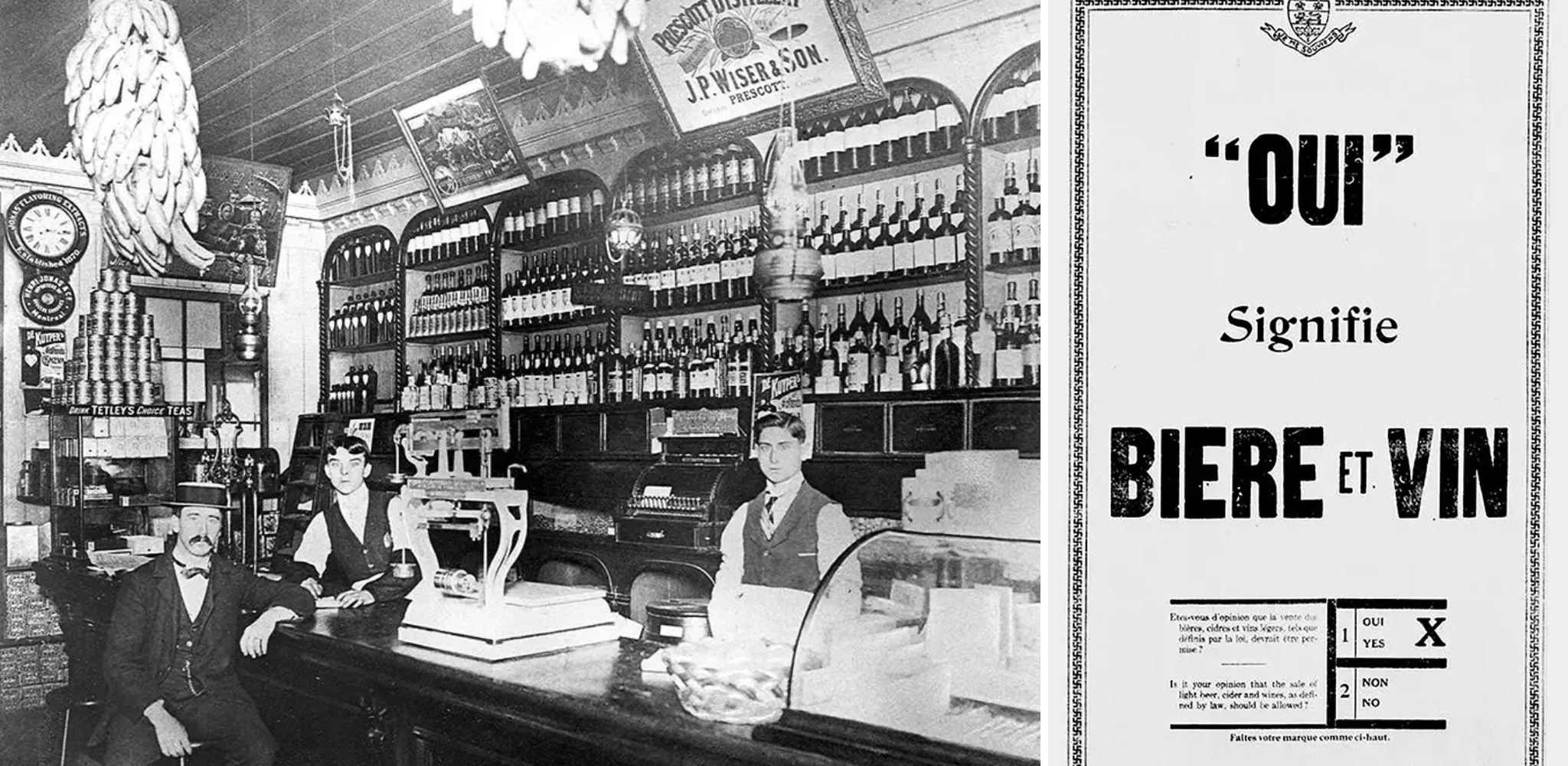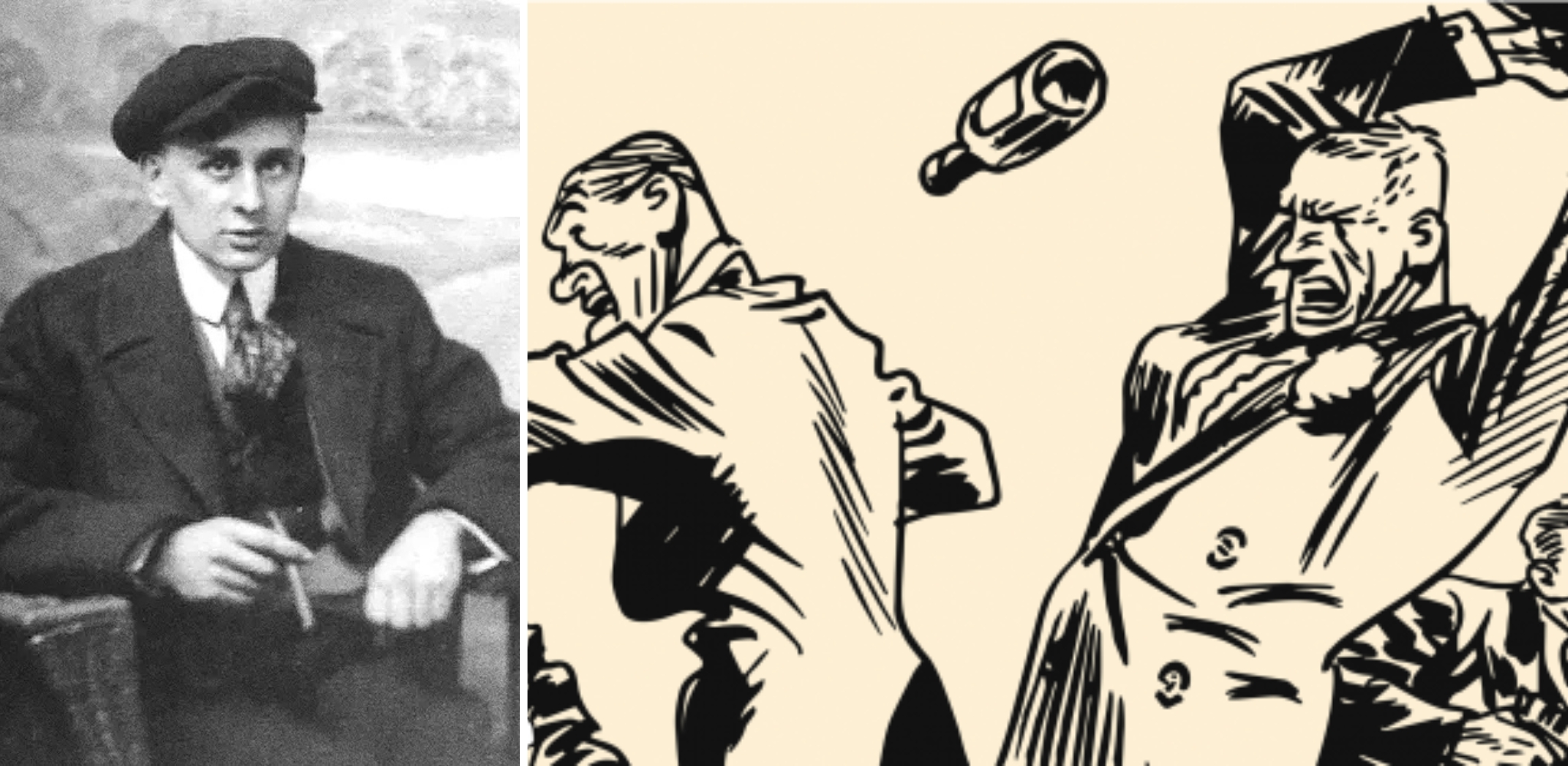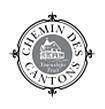The Brome-Missisquoi Prohibition Heritage Trail
Step into the history of Prohibition with this historical tour spanning over 130 km!
This heritage tour will transport you to the early 1920s, when Prohibition spread across Canada and the United States.
In this desert scattered with “dry states,” Quebec became a sanctuary where the purchase and consumption of alcohol remained entirely legal. A legal oasis, from 1919 to 1923, the Brome-Missisquoi region briefly became a major hub for alcohol smuggling, where bootleggers, speakeasies, brothels, and whiskey lounges thrived.
10-STEP TOUR
This self-guided audio tour features 10 stops. As you travel from one stop to the next, you will be accompanied by the colorful voice of Alfred Carpentier, a fictional bootlegger, and Queen Lil, the madam of “The Palace of Sin” located right between Canada and the United States.
Interpretive panels are located at each stop, and each is equipped with a QR code linking the audio tour.
GRAPHIC NOVEL
Want to learn more about this fascinating era? Pick up the graphic novel Queen Lil & les femmes de la prohibition by illustrator and author Stéphane Lemardelé and historian Laurent Busseau, available in french in bookstores and at our tourist office.
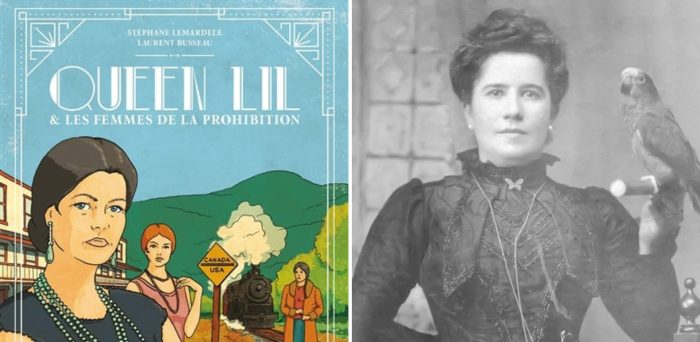
HISTORICAL BACKGROUND ON THE TEMPERANCE MOVEMENT
At the end of the 19th century, temperance movements emerged in the United States, Canada, and even here in Quebec. The idea was simple: limit or even completely prevent the sale and consumption of alcohol.
In the early 1920s, pressures on the Quebec government from temperance movements and the clergy increased: there was a push to adopt Prohibition across the province. Elsewhere in Canada, this trend was already becoming more prominent.
Prohibition was knocking at Quebec’s door, and in 1919, Premier Lomer Gouin banned all alcoholic beverages across the province. However, in a referendum, Quebecers voted overwhelmingly to exclude beer, cider, and light wine from the law. As a result, they could still consume products containing less than 2.5% alcohol.
This law was in effect for only two years. Unlike other provinces, the new government under Louis-Alexandre Taschereau adopted a particularly original stance, leading to the creation of the Liquor Commission. Rather than shutting down alcohol access entirely, the state took control and ensured alcohol supply. This was the first system of government control over alcohol in North America, which eventually became the Société des alcools du Québec (SAQ).
